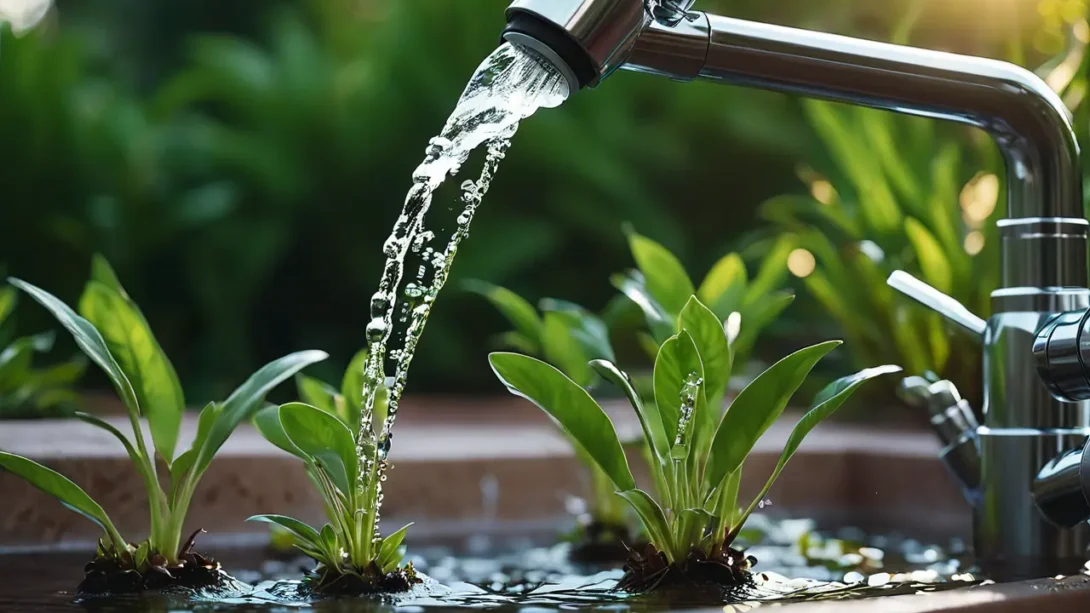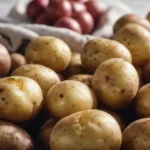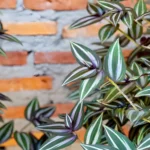Water is a vital element for plant health, but not all water is created equal. Tap water, while safe for human consumption, may contain elements harmful to plants. Chlorine, chloramine, heavy metals, and excessive minerals can adversely affect plant growth, soil health, and microbial activity. Understanding how to make tap water safe for plants is crucial for any gardener who wants to ensure their plants thrive.
Your Tap Water
The first step in safeguarding your plants is to understand the quality and composition of your tap water. Water sources vary significantly by location, and the treatment methods used by municipal water systems can introduce substances like chlorine and chloramine to kill bacteria and other pathogens. Well water, while not treated with these chemicals, might contain high levels of minerals that can be harmful to plants over time.
To get started, request a water quality report from your local water provider, or have your well water tested if that’s your source. These reports typically outline the levels of various chemicals and minerals in the water, giving you a baseline understanding of what you might need to filter out or adjust for your plants.
Common Contaminants in Tap Water
Chlorine
Chlorine is commonly used in municipal water systems for its disinfectant qualities. While it’s effective in making water safe for human use, it can be harmful to plants, leading to chlorosis (leaf yellowing) and impaired growth. The good news is that chlorine can evaporate naturally when water is left to stand uncovered for 24 to 48 hours.
Chloramine
Unlike chlorine, chloramine is a combination of chlorine and ammonia and is used because it’s more stable and lasts longer in the water system. However, its stability means it does not evaporate as easily as chlorine, making it more challenging to remove from water before using it on plants.
Heavy Metals
Heavy metals such as lead, arsenic, and cadmium can find their way into tap water through old pipes and municipal water sources. These metals can accumulate in the soil and become toxic to plants, affecting their growth and development.
Salts and Minerals
While minerals like calcium and magnesium are essential for plant growth, excessive amounts can lead to mineral buildup in the soil. This can interfere with a plant’s ability to absorb water—a condition known as osmotic stress—leading to symptoms of drought stress even in well-watered gardens.
Simple Methods to Make Tap Water Safe for Plants
Letting Water Sit
The simplest method to remove chlorine from tap water is to let it sit uncovered for at least 24 hours. This allows the chlorine to evaporate naturally, making the water safer for plants. However, this method does not remove chloramine, which requires more active treatment.
Simple Methods to Make Tap Water Safe for Plants
Boiling Water
Boiling is a more active approach to removing chlorine and, to some extent, chloramine from tap water. By boiling water for about 15 to 20 minutes, you can expedite the evaporation of chlorine. This method is more effective for chlorine than chloramine, but some reduction in chloramine levels can still be achieved. Remember to let the water cool to room temperature before using it to water plants to avoid thermal shock.
Using Carbon Filters
Activated carbon filters are a popular and effective way to remove chlorine, chloramine, and some heavy metals from tap water. These filters work by adsorbing contaminants onto the surface of the carbon granules. Carbon filters come in various forms, including pitcher filters, faucet attachments, and inline filters for household plumbing. Regular maintenance and filter replacement are crucial to ensure the effectiveness of carbon filters over time.
Using Reverse Osmosis Systems
Reverse osmosis (RO) systems offer a more thorough solution for making tap water safe for plants. These systems force water through a semipermeable membrane, effectively removing a wide range of contaminants, including chlorine, chloramine, heavy metals, salts, and other dissolved solids. While RO systems can be more costly and require installation, they provide one of the cleanest water sources for your plants, mimicking the purity of natural rainwater.
Collecting Rainwater
Collecting rainwater is an excellent and eco-friendly option for providing your plants with pure water. Rainwater is naturally soft and free of the chlorine, chloramine, and mineral content found in tap water, making it ideal for watering plants. You can collect rainwater using barrels or buckets placed under downspouts. Be sure to cover your collection containers to prevent debris from entering the water and to deter mosquitoes from breeding.
Advanced Treatment Options
For those dealing with tap water that has high levels of chloramine or specific mineral imbalances, there are more advanced treatment options available:
- Chemical Neutralizers: Products are available that can neutralize chlorine and chloramine in tap water. These are often used in aquariums but can be applied to gardening as well. Follow the product instructions carefully to ensure safe use.
- Water Conditioners: Some conditioners can adjust the overall mineral balance of tap water, making it more suitable for certain types of plants that are sensitive to calcium, magnesium, or other minerals.
Tips for Monitoring Soil and Plant Health
Ensuring your tap water is safe for plants involves not only treating the water but also observing the health of your plants and the condition of the soil. Here are some tips to help you monitor and adjust as needed:
Signs That Your Water May Be Affecting Plant Health
- Leaf Chlorosis: Yellowing of leaves, especially between the veins, can indicate chlorine or chloramine toxicity.
- Stunted Growth or Wilting: Even with adequate water, signs of stunted growth or wilting may point to high salt or heavy metal concentrations.
- Brown Leaf Tips: A common symptom of excessive fluoride or salt in the water.
Regular Soil Testing
Conducting soil tests at least once a year can provide valuable insights into the nutrient and salt levels in your garden. This information can help you adjust your watering practices and choose the right type of water treatment to prevent mineral buildup.
Adjusting Watering Practices Based on Plant Response
- Alter Water Source: If you notice adverse effects despite treatment, consider alternating between tap water and collected rainwater or using only filtered or RO water.
- Increase Leaching: Periodically water with ample amounts to flush out excess salts and minerals from the soil, especially in pots and containers.
Conclusion
Making tap water safe for plants is an essential aspect of gardening that ensures your plants receive the best care possible. Whether you choose to let water sit to evaporate chlorine, use carbon filters, invest in a reverse osmosis system, or collect rainwater, each method offers benefits tailored to different needs and setups. Advanced treatments like chemical neutralizers and water conditioners further refine water quality, addressing specific contaminants that can hinder plant growth.
Monitoring your plants and the soil is crucial in identifying the impact of your water treatment efforts. Regular observation and adjustment based on plant response will lead to a healthier garden. By taking these steps to provide safer water, you’re not only protecting your plants but also contributing to a more sustainable gardening practice. Remember, the goal is to mimic the natural conditions as closely as possible, creating a thriving environment for your plants to flourish.



